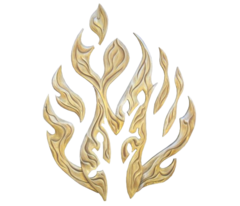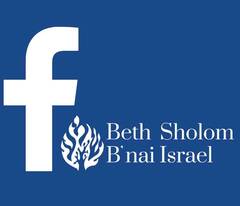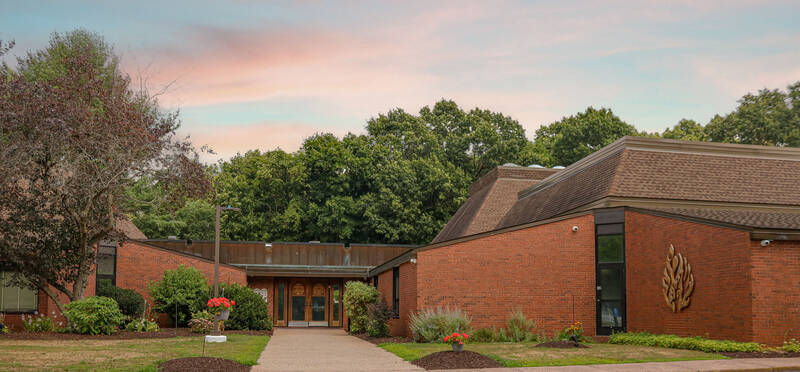Sukkot II 5783 October 11, 2022
Hag Sameach
The Torah teaches (Deut. 13:5) “Follow the Lord your God.” What does this mean? Is it possible for a mortal to follow God’s Presence? The verse means to teach us that we should follow the attributes of the Holy One, may God be praised. As God clothes the naked, you should clothe the naked. The bible teaches that the Holy One visited the sick: you should visit the sick. The Holy One comforted those who mourned: you should comfort those who mourn. The Holy One buried the dead: you should bury the dead. (Talmud Sotah 14a)
This lesson from the Talmud points to a dilemma that exists in Jewish theology. On the one hand we want to be close to God. We want to act like God, we want to feel God’s presence. We want to walk with God at our side. And yet, we know that this is really impossible. We are not God. We are not anything at all like God. The Torah calls “God a devouring fire” how can we exist close to God? We exist in time and space and God is beyond all of that, even beyond our imagination. It seems as if we have to make a choice, either try to be close to God and be frustrated that this is impossible, or to give up on God and just go about our business being human and never aspire to more.
The Talmud avoids this dilemma by living our lives in approximation to what God does in this world. God made clothing of skins and gave them to Adam and Eve in the Garden of Eden so that they would not be ashamed of being naked. If we aspire to be close to God, we should also provide clothing to those in need, who are ashamed of how they are dressed. God visited the sick Abraham after his circumcision, comforting him in his post-surgical pain. If we aspire to be close to God, we too should visit the sick, bringing them what they need, and helping to ease their pain. God comforted Isaac after the death of his father, Abraham. If we aspire to be close to God, then we need to be there to comfort all those who mourn. God buried Moses after he died and only God knows where Moses is buried. If we desire to be close to God, then we need to provide for the funerals and to attend the funerals of those who are alone or impoverished.
So, what do we mean when we say we want to feel close to God? The Sefat Emet, one of the last of the 17th century Hasidic masters, has an interesting approach. The Sefat Emet writes, “The commandment of sukkah comes after the Day of Atonement. It is said that “only your sins separate you from your God” (Isaiah 59:2) So now that they have been purified of sin, the separation has been taken away. Some sins cause separation of the unity of the person and his/her fellow human being; this is a “separate you” in a limited sense. Others bring about separation between humans and God. On Sukkot all becomes one and all the souls of Israel unite. This is pointed to by the four species [representing various types of souls,] all joined in one grouping. And the sukkah joins the souls of Israel to be one with their God in Heaven. This is why it is called “the holiday of ingathering.”
What I find interesting in the teaching of the Sefat Emet is that it joins together the many different parts of Sukkot into a spectacular unity. To fully appreciate this, we need to take this teaching apart before we can appreciate his lesson. First of all, there is Yom Kippur. The point of the day is to atone for all our sins. We spend a day dressed in white, the color of shrouds, to get us to think about what our life is all about and how important it is to be forgiven for all our sins. We recite ten times the viddui, the confessional, and expanded version of the prayer that Judaism has us recite on our deathbed. We fast all day; we don’t eat just like angels who don’t eat; to see what life can be like when we are free from our sins. By the end of Yom Kippur, all of our sins are gone, and we can start the year clear from all that may have held us back.
When we atone for our sins and find ourselves pure again, we have also removed the greatest barrier between us and God. Our sins are like a wall that keeps us far from God’s presence, but once we have been forgiven, then the wall disappears, and we can be closer to God than we ever could imagine. These days after Yom Kippur, before we taint our lives again with sin, are an optimal time to seek to be in God’s presence. There is no more separation between us and God. We discover the spark of the divine within us and we can now let it burn brightly in our lives.
And it is not just us. It is all of the people of Israel. We have all been forgiven so we are all able to bring ourselves into the divine presence. This is symbolized by the Lulav and Etrog. The four species that we wave on this holiday. Each of these four species represents a different kind of Jew. The lulav, the palm branch has tasty dates but has no special smell to it. It represents Jews who study but don’t perform acts of kindness to others. The myrtle branches smell wonderful but there is no tasty fruit on the tree. It represents Jews who perform deeds of kindness but who do not take the time to study. The willow branches have no special smell, nor do they have any tasty fruit. It represents Jews who don’t study and do not perform any acts of kindness at all. Finally, there is the Etrog, a tasty fruit with a beautiful smell. It represents Jews who both study and who perform acts of kindness. It takes all kinds of Jews to make up a community and after Yom Kippur, when all sins are forgiven, we can all be together just as a lulav and etrog are all held together.
Finally, the sukkah itself, marks the connection between Jews and God. The Talmud records a discussion about the symbolism of the sukkah. Some say that our flimsy huts represent the shelters built by our ancestors as they crossed the wilderness on their way to the Promised Land. But others say that the sukkah is the symbol of the clouds of glory that covered the sky while the Israelites crossed the desert. It was these clouds that sheltered the people from the sun and protected them from all dangers. It is, therefore, the sukkah that marks God’s protection of our ancestors in the desert, as God promised Abraham hundreds of years earlier.
What we have on Sukkot is a unification of the Jewish people and their close proximity to God as symbolized by the Sukkah. They We are worthy of such unification because God has forgiven all the sins that have pulled them us apart. The holiday of Sukkot is called Hag HaAsaf, the holiday of the ingathering. We usually think of this name as a reference to our holiday as a harvest festival. Having brought in the harvest and having prepared ourselves for the difficult days of winter, we express our gratitude for a successful growing season. But the Sefat Emet takes this a step further and says that the real “ingathering” is the Jewish people coming together to celebrate their new proximity to the divine.
We have to be careful here about the dilemma that we started with. God is described as a devouring fire. We can never get too close without burning up. The Sefat Emet is not talking about a God of fire or a God that is far away. The Sefat Emet refers to that part of the divine that is inside each one of us. It is our sins, our connection to the material world, our chasing after illusions of success, which bury that part of the divine that dwells in our hearts and souls. Having completed the atonement of Yom Kippur, that barrier of materialistic desires is gone, and we are free to connect to the divine within us so we can live a more holy and grateful life. This is how we connect to the actions of God that the Talmud teaches are the best way to live a life in God’s shadow: Clothe the naked, heal the sick, comfort the mourner, bury the dead; in short, it is our acts of kindness that express the image of God with which we are created.
Sukkot is not just about our own divine elements; it is about the entire Jewish people experiencing this connection all at the same time. As we join together, in joy to celebrate Sukkot, we all understand that as a community, we are able to really make a difference in the world. When we are together, including Jews who may not fully express their faith, or who may not express their faith at all, then we can all join in our sukkah and bring everyone to enjoy divine protection and support just as our ancestors enjoyed during their exodus from Egypt.
Without the barriers that divide us, we are united as a people and as Jews and we are able to experience together the oneness of God. How can we imagine a more joyful holiday than that?
May God increase our joy in this season by bringing all Jews and all people together as one so that we can all bask in the divine blessings as we say ….
Amen and Hag Sameach




